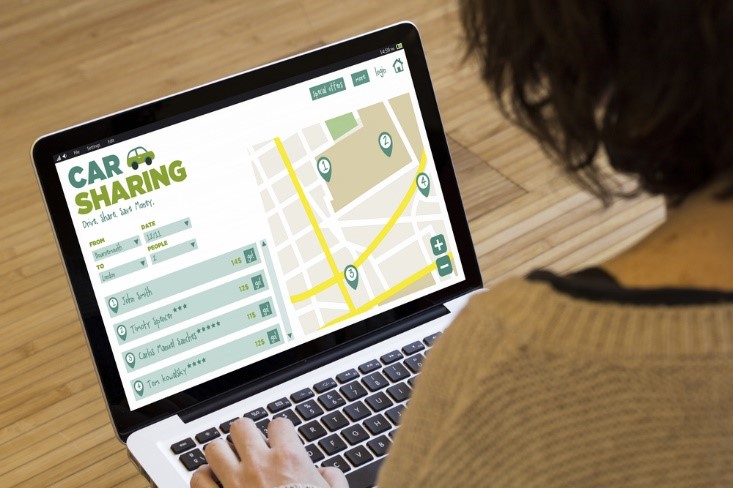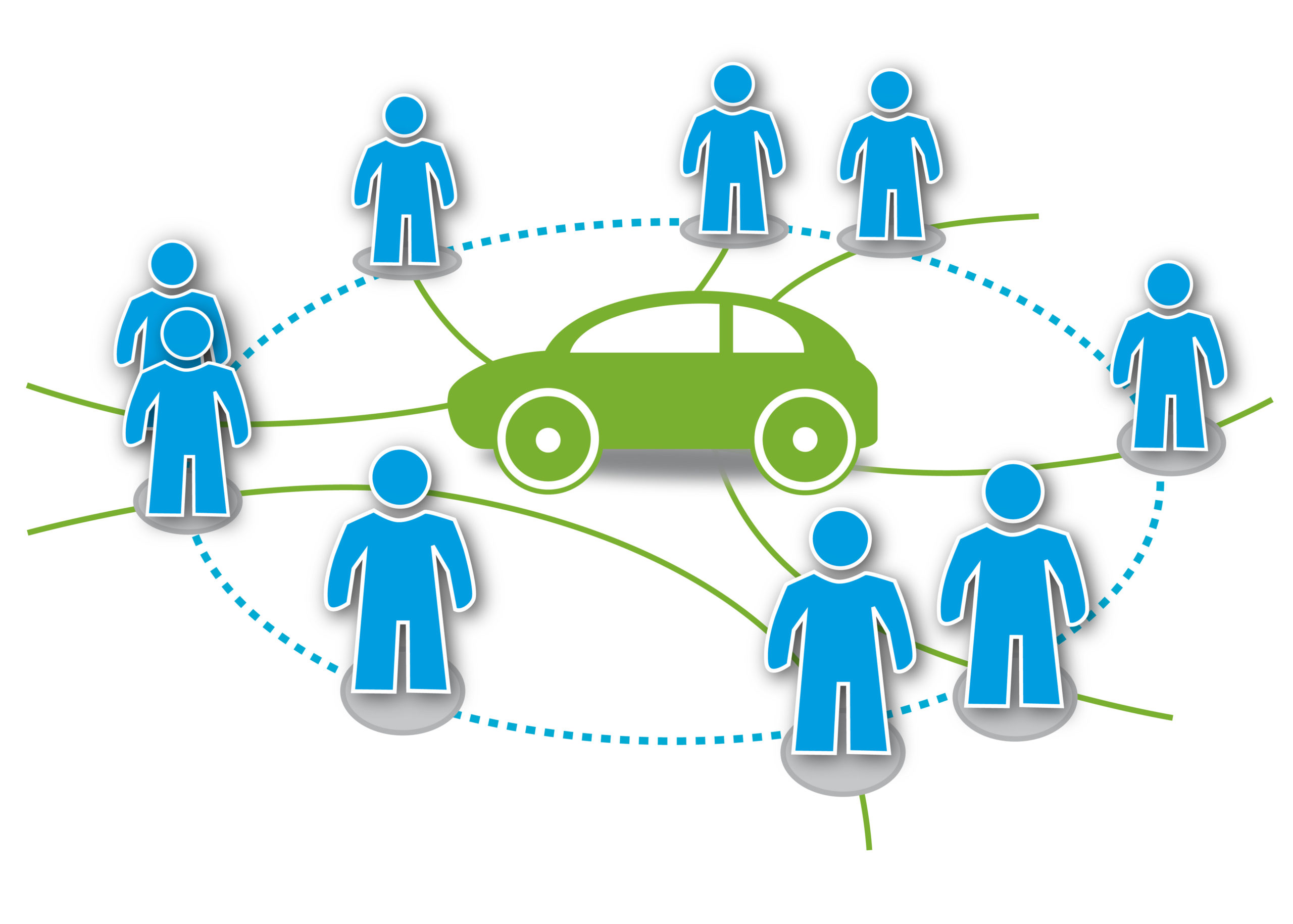Car sharing services claim they save people money by eliminating the need to own their own vehicle. But for Big Green Purse readers, the environmental benefits of car sharing matter just as much.
I’ve been relying almost exclusive on car sharing for the last six months, when I decided to experiment with going carless and opened up membership with Zip Car and Car2Go, two car sharing services that are in my neighborhood. I’ve become a big fan of the practice. I’m delighted to team up with Ridecell.com, a mobility platform, to explain some of the environmental benefits of car sharing compared to owning your own vehicle.
The Financial Benefits of Car Sharing
Car sharing services regularly highlight how customers can save money sharing a car rather than owning their own vehicle. I’ve certainly found this to be true.
Here are some of the direct money savings that come from sharing a car via a service rather than owning one:
√ No need to put thousands of dollars into paying for a car up front
√ No need to take out a loan or pay for a lease
√ No need to buy car insurance
√ No need to pay county or state vehicle registration fees
√ No need to pay for vehicle maintenance √ No need to pay for vehicle repairs
√ No need to buy oil or, windshield wiper fluid, or antifreeze, and in some cases, gasoline
On average, it’s estimated that a car costs its owner almost $10,000 a year – not including car purchase or car payments. You can do a lot of car sharing for that amount of money!
The Environmental Benefits of Car Sharing
Here’s how the planet wins when you share a car:
Less Pollution From Manufacturing – More people utilizing one vehicle over and over results in fewer cars needed to be manufactured, and less parts needing to be built, distributed, and used, as well. The United Nations Environment Program reports that “vehicle manufacturing is more damaging to the environment than the production of any other good, including livestock farming and steel making.” One of the most important environmental benefits of ride sharing is that it reduces the need to manufacture more cars!
Less Parking Infrastructure, More Green Space – With fewer people purchasing vehicles, we don’t need as much parking infrastructure, including parking lots, parking garages, and on street parking.
Less Gasoline Burned, So Less Climate Change – When you share a car, you end up driving less because you’re not automatically jumping in your own car for short trips or random errands. As such, car sharing can reduce the total number of miles driven and the amount of gasoline burned. Since burning gas emits carbon dioxide (CO2) and CO2 is a primary cause of climate change, sharing cars can help put the brakes on what might be the most serious environmental problem our world faces.
Less Air and Noise Pollution – The primary source of urban air pollution comes from vehicles burning gasoline. Just as reducing vehicle miles traveled benefits the climate, it also helps reduce air pollution. Fewer cars traveling means less noise pollution, too.
More Walking, Biking, And Using Mass Transit – Once you get into the mind set that you’re going to share a car, it’s not a big leap to decide to take the bus or subway, too. People who car share may also be more likely to walk or bicycle the short distances that they might otherwise have traveled in their own vehicle. I’ve personally found this to be true for me. I regularly walk distances of two miles or less rather than drive them.
The Car-Sharing Process
If you’re interested in utilizing a car-sharing system instead of owning your own vehicle, here’s how it all works.
There are a variety of car-sharing services you can investigate, including ZipCar, Car2Go, and GetAround, which is a network of car owners who share their vehicles. (Some rental car companies may also a car-share service; check them out locally.)
While each program can operate a little differently, in essence they work by having you sign up to their system via an online registration form of some sort.
You will typically need to choose a plan based on the number of hours each month you want access to a car, and/or the amount of miles you plan to drive.
Once you’ve joined a program, you can log in to the company’s app or website to find an available vehicle in your area. Some systems will show you on a map where the closest cars are to your current location, while others allow you to input a zip code and search that way.
Once you’ve chosen a vehicle, you can reserve it for your preferred time and then use your membership card, phone app, or other system instructions to gain access to the vehicle on the day.
Most of the time you will need to return the car to the same parking space where you got it from, but some car-sharing programs will give you the choice of a one-way usage which allows you to leave it at your destination instead.
Car sharing is most convenient for people living in urban and more densely populated suburban areas that also offer good mass transit options. If that describes your city or community, I highly recommend you consider car sharing before you purchase another vehicle.
Note: Our partners enable us to bring you the expert content you need to lead the greener life you want. Our editorial opinions remain our own. Thanks!




















